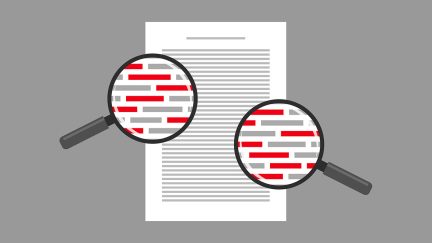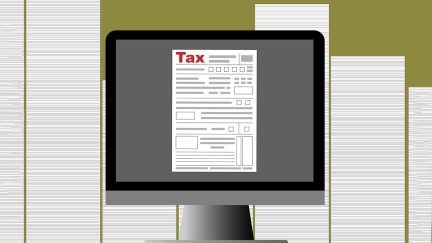Want the latest retirement plan adviser news and insights? Sign up for PLANADVISER newsletters.
IRS Clarifies SECURE 2.0 W-2 Changes
Roth contributions, natural disasters and de minimis incentives could require tax reporting changes.
The Internal Revenue Service has issued guidance and a FAQ for retirement plan sponsors and participants concerning tax form filings affected by the SECURE 2.0 Act of 2022. The releases clarify how W-2 forms are affected and how major disaster distributions are to be documented.
De Minimis Incentives
On May 2, the IRS issued a release explaining how SECURE 2.0 provisions could alter W-2 reporting. The release explained that de minimis incentives, such as cash or gift cards, offered by plans to encourage eligible participants to enroll in a plan are taxable income and are subject to ordinary tax withholding.
The IRS stated this once before in a “grab bag” release in December. That release stated that the incentive amount cannot exceed $250 and cannot be paid out of plan assets. It also stated that incentives can be staggered to encourage continued participation, such as a $100 gift card for enrollment and another $100 for continued participation after one year.
Roth Employer Contributions
Section 604 of SECURE 2.0 also permits plans to allow participants to receive employer contributions to a Roth source. According to the release, “these contributions are not subject to withholding for federal income tax, Social Security or Medicare tax.”
However, since they are post-tax contributions, the participant will still owe income tax on the contribution. The IRS previously stated in January that “designated Roth matching contribution or designated Roth nonelective contribution is includible in an individual’s gross income for the taxable year in which the contribution is allocated to the individual’s account.” This income would be reported on Form 1099-R I boxes 1 and 2a.
Roth SIMPLE and SEP Plans
Section 601 of SECURE 2.0 permits SIMPLE and SEP IRA plans to allow participants to contribute to a Roth source. The employee contributions “are subject to federal income tax withholding, the Federal Insurance Contributions Act (FICA) and the Federal Unemployment Tax Act (FUTA).”
However, “employer contributions to a Roth SEP or Roth SIMPLE IRA are not subject to withholding for federal income tax, FICA or FUTA. These contributions should be reported on Form 1099-R for the year in which they’re allocated to the individual’s account.”
Major Disaster Distributions
The IRS also issued a FAQ on major disaster distributions on May 3. Though the FAQ is not formal guidance, the release said that “a taxpayer who reasonably and in good faith relies on these FAQs will not be subject to a penalty that provides a reasonable cause standard for relief, including a negligence penalty or other accuracy-related penalty, to the extent that reliance results in an underpayment of tax.”
Section 331 of SECURE 2.0 permits participants to withdraw up to $22,000 from a plan or IRA without an early-withdrawal penalty to cover costs related to a major disaster and allows the participant to report the distribution as gross income over three years.
The FAQ explains that in order to be qualified for the penalty-free withdrawal, a participant must have their primary residence in an area that is designated as a federal major disaster area and have suffered economic damage related to that disaster. The participant would have 180 days to take the distribution from the later of: the day a major disaster is declared; the first day of the disaster; or in the case of disasters that occurred prior to the passing of SECURE 2.0, December 29, 2022. In the case of previous disasters, participants can withdraw for disasters that occurred as early as January 26, 2021.
The IRS previously stated in the grab bag notice that plans are not required to permit participants to take disaster distributions. In that case, participants may still take qualified distributions and can report it as such on Form 8915-F on their own taxes to avoid the penalty and receive three years to pay the resulting income tax liability in equal increments. The FAQ reiterated this same policy.
Plans are permitted to rely on a participant’s self-certification that they are qualified for a disaster distribution.
You Might Also Like:

Required Amendments for Qualified Plans, 403(b)s Issued by IRS

IRS, Treasury Explain How to Open ‘Trump Accounts’

